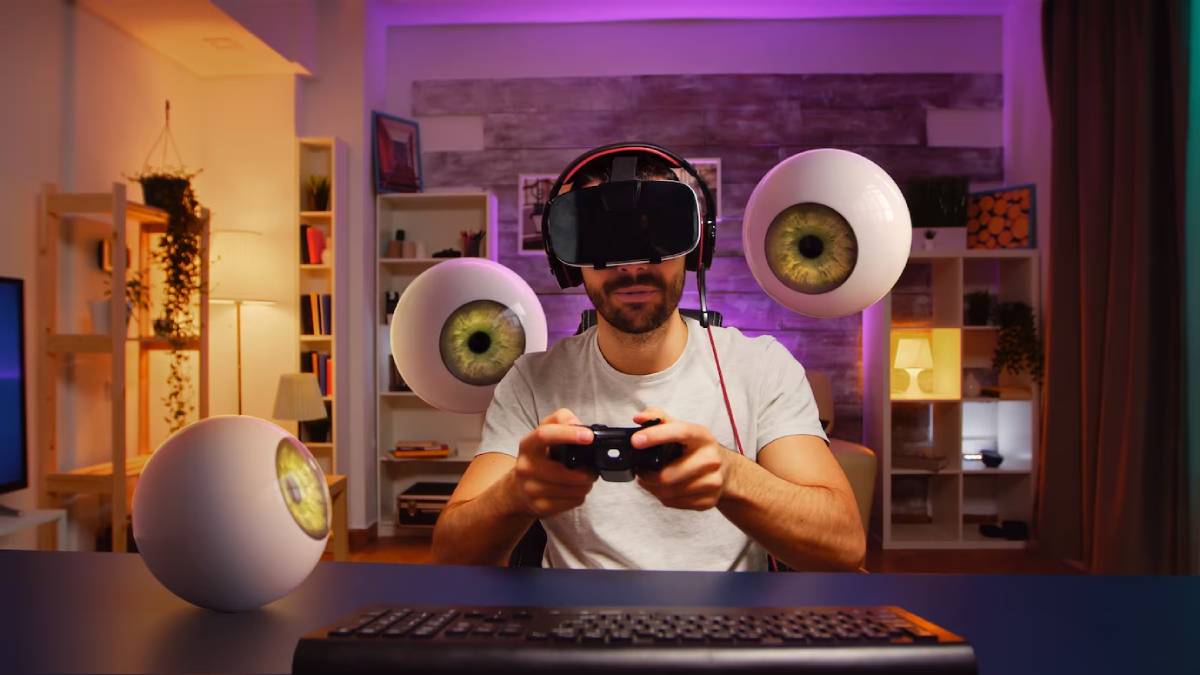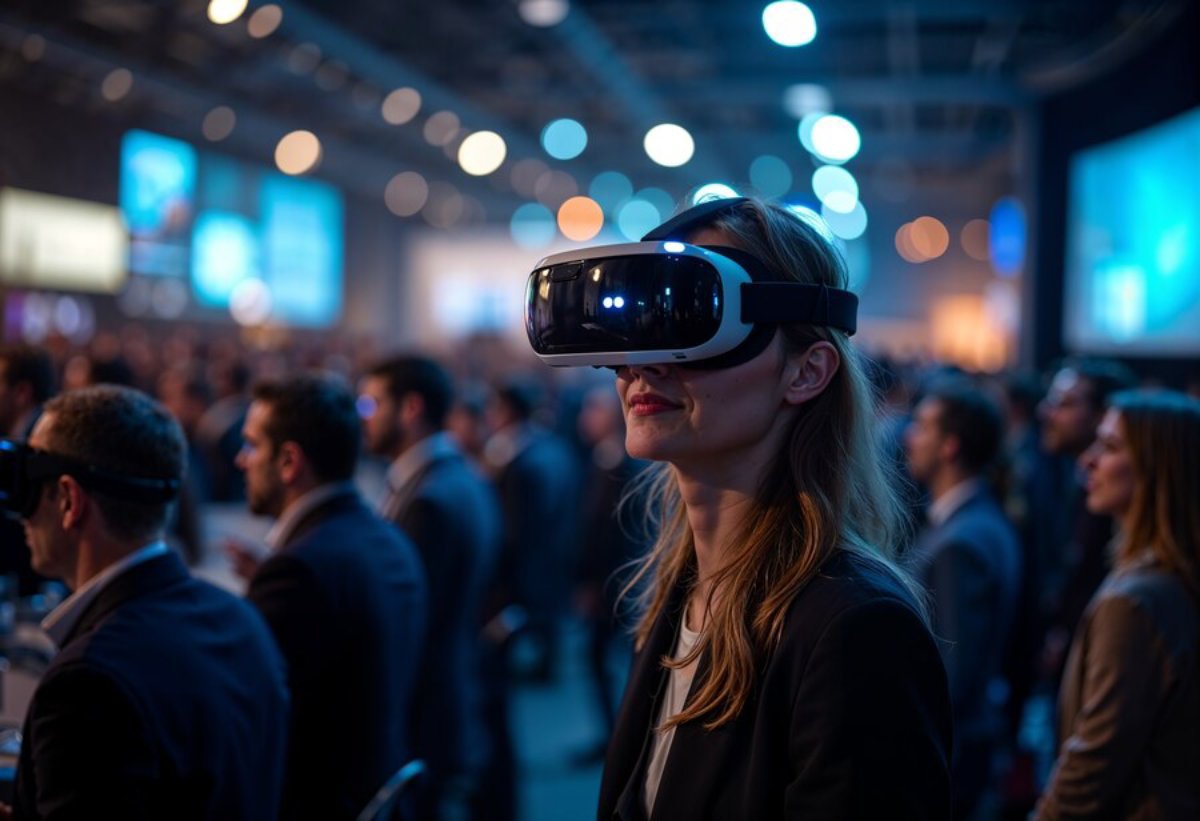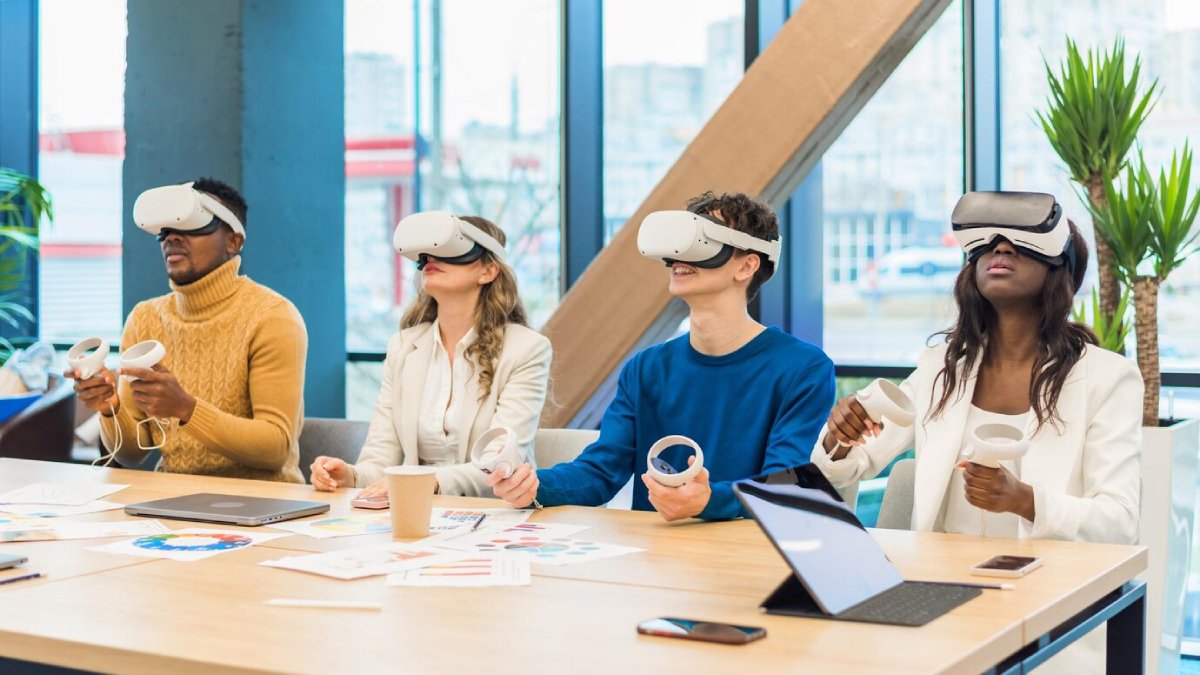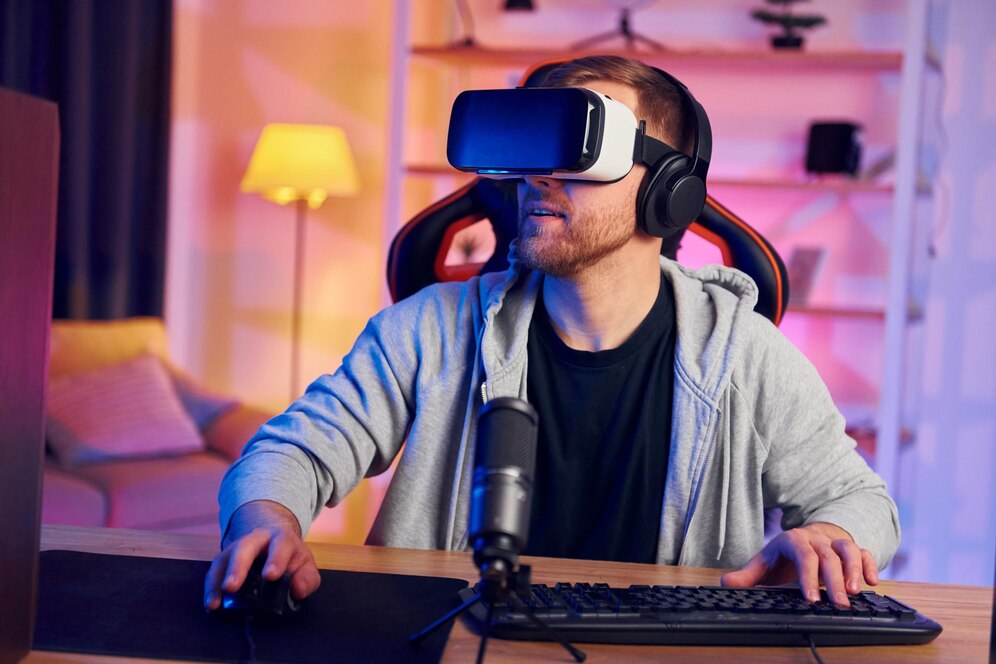
The Importance of Subtitles and Audio Descriptions in VR Content
VR (Virtual Reality) has revolutionised the way we consume digital content. It builds immersive spaces that transport users to different worlds. As technology continues to improve, we must ensure that VR is inclusive. That includes people who are deaf and hard of hearing, as well as blind people. That is where subtitles and audio descriptions prove vital in VR content. This blog will examine why these features are essential for accessible VR media. We’ll get to find out how they also enhance the user experience.
Key Benefits of Subtitles and Audio Descriptions in VR
Subtitles and audio descriptions are integral components of accessible VR media. They ensure all users can fully engage with virtual environments, regardless of their sensory abilities. Below, we delve into the key benefits of incorporating these features into VR content.
Enhancing Accessibility for Hearing-Impaired Users
One of the primary benefits of VR subtitles is that they make content accessible to individuals with hearing impairments. Subtitles show spoken dialogue and key sounds. They help users follow the story and grasp the context of the virtual experience. This is particularly important in VR, where audio plays a significant role in creating an immersive environment. These make VR inclusive.
Supporting Users with Visual Impairments
Audio descriptions in virtual reality serve a similar purpose for users with visual impairments. These descriptions detail the visuals in a VR environment. They help visually impaired users understand the scene and interact with the content. By offering audio descriptions, VR developers can ensure that their media is inclusive and accessible to a broader audience.
Improving Comprehension for All Users
While subtitles and audio descriptions are primarily designed for users with sensory impairments, they can also enhance the experience for individuals without these challenges. Subtitles can aid comprehension for users who are non-native speakers or those who are in noisy environments where audio may be difficult to hear. Audio descriptions add context and detail, enhancing the experience for everyone.
Additional Expert Tips & Common Mistakes to Avoid
Creating accessible VR media requires careful consideration and attention to detail. Here are some expert tips and common mistakes to avoid when incorporating subtitles and audio descriptions into VR content.
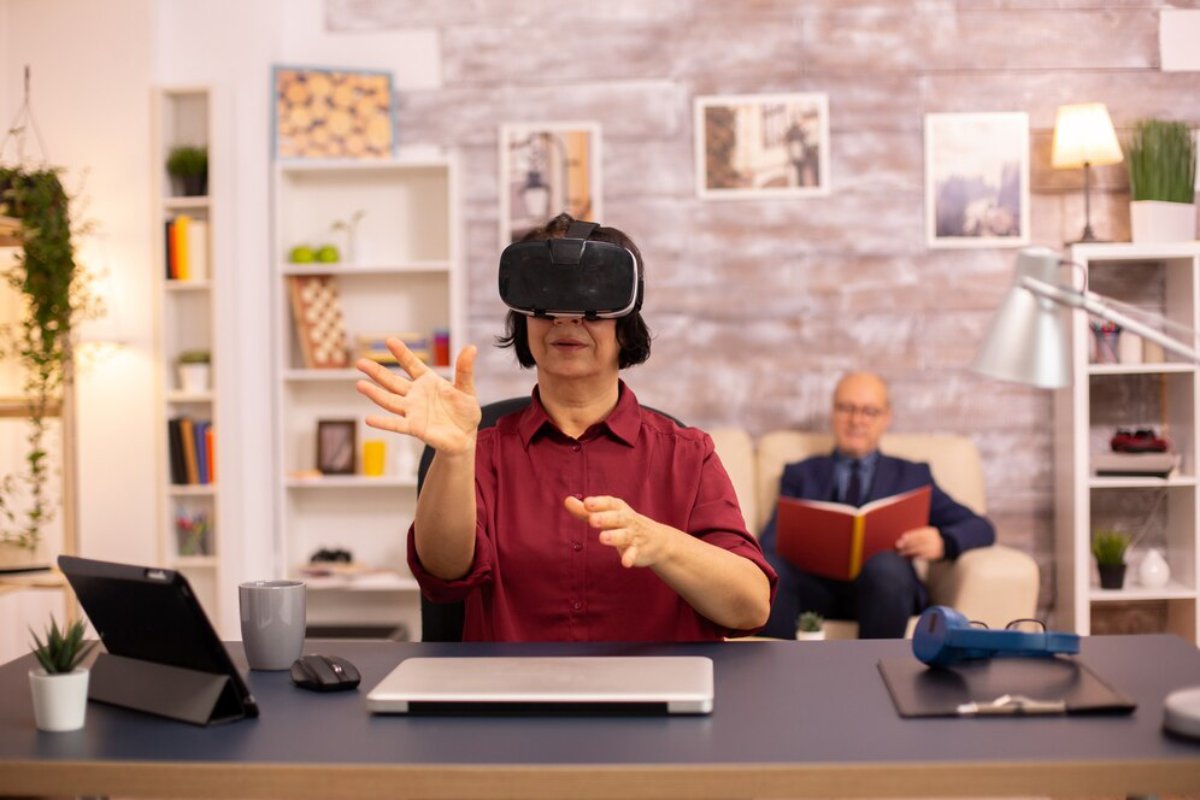
Best Practices for Implementing VR Subtitles
- Placement and Readability: Ensure that subtitles are positioned to not obstruct important visual elements. They should also be easy to read, with a clear font and appropriate size.
- Synchronisation: Subtitles must be synchronised with the audio to maintain the narrative’s flow. Delays or mismatches can disrupt the user experience.
- Customisation Options: Users can customise subtitle settings, such as font size and colour, to meet their individual needs and preferences.
Best Practices for Audio Descriptions
- Detail and Clarity: Audio descriptions should provide clear and concise information about visual elements, avoiding unnecessary detail that could overwhelm the user.
- Timing and Integration: Integrate audio descriptions seamlessly into the VR experience, ensuring they do not interrupt or compete with dialogue and other critical audio cues.
- User Control: Offer users the option to turn audio descriptions on or off, allowing them to tailor the experience to their needs.
Common Mistakes to Avoid
- Overlooking Accessibility Features: Failing to include subtitles and audio descriptions can alienate a significant portion of the audience—Prioritise accessibility from the outset of content development.
- Inadequate Testing: Test accessibility features thoroughly to ensure they function correctly and enhance the user experience.
- Ignoring User Feedback: Engage with users to gather feedback on accessibility features and make improvements based on their input.
Advanced Insights and Expert Recommendations
Developers can explore advanced technologies and strategies that complement subtitles and audio descriptions to further enhance the accessibility of VR media.
Leveraging AI for Real-Time Subtitles
Artificial intelligence (AI) can be used to generate real-time subtitles in VR environments. This technology can transcribe spoken dialogue on the fly, providing an immediate and accurate representation of audio content. Real-time subtitles are particularly beneficial in live VR events or interactive experiences where pre-generated subtitles may not be feasible.
Integrating Haptic Feedback
Haptic feedback, which involves tactile sensations, can be integrated into VR content to provide additional cues for users with sensory impairments. For example, vibrations could indicate important events or actions within the VR environment, enhancing the overall accessibility of the experience.
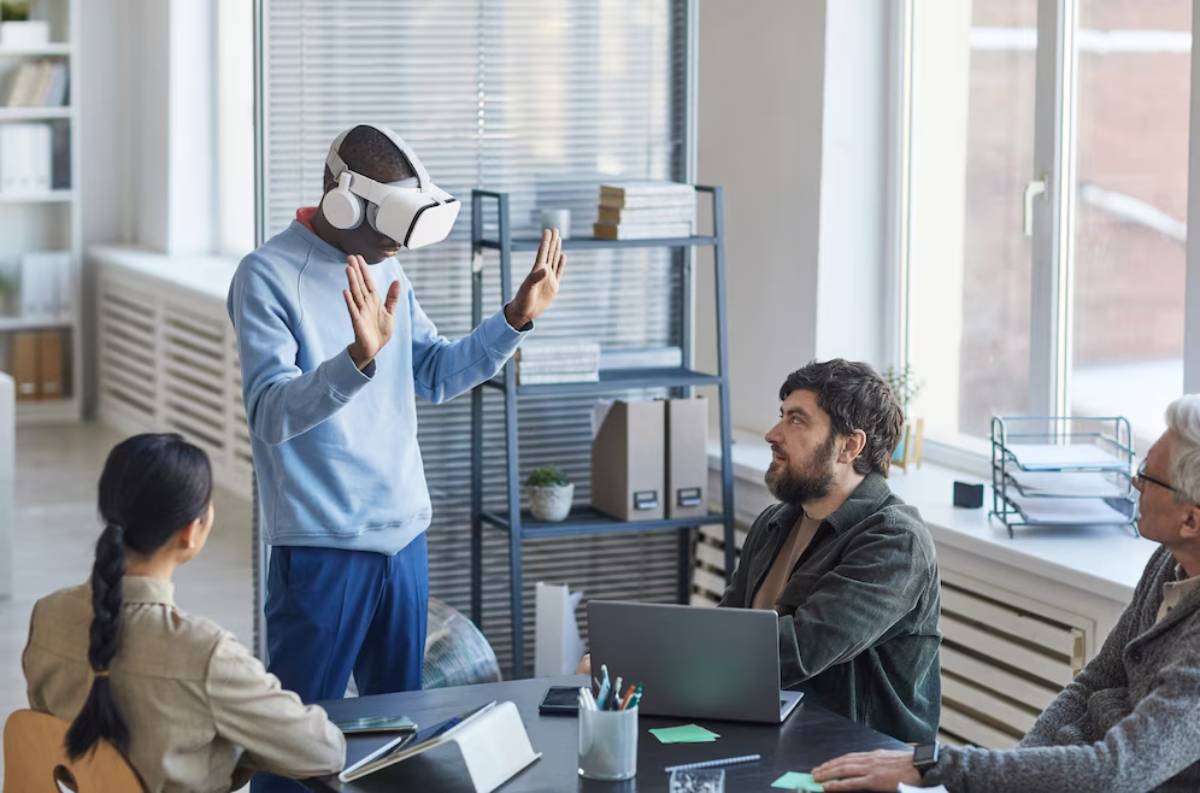
Collaborating with Accessibility Experts
Collaboration with accessibility experts and organisations can provide valuable insights and guidance on best practices for creating accessible VR media. These experts can offer recommendations on the latest technologies and strategies to ensure that VR content is inclusive and caters to the needs of all users.
Prioritising Accessibility in Virtual Reality
Here’s the bottom line: VR content must be inclusive by not only having subtitles and audio descriptions. This is levelling the playing field regarding virtual experiences for all. The explanation just helps users with hearing and visual impairment. They increase everyone’s understanding and engagement, too. Developers of VR need to make it accessible so that they can not only reach as many people as possible but also guarantee that all can experience their content.
As the VR industry expands, developers can follow the latest accessibility tech and best practices. Encourage VR creators to focus on accessibility during their content creation process and obtain feedback from users to improve their offerings.
In a time of changing technology, let’s collaborate to make virtual experiences inclusive and accessible to all users. How will you ensure that your VR content is accessible? Let us know what you think and help the dialogue around VR media accessibility.
